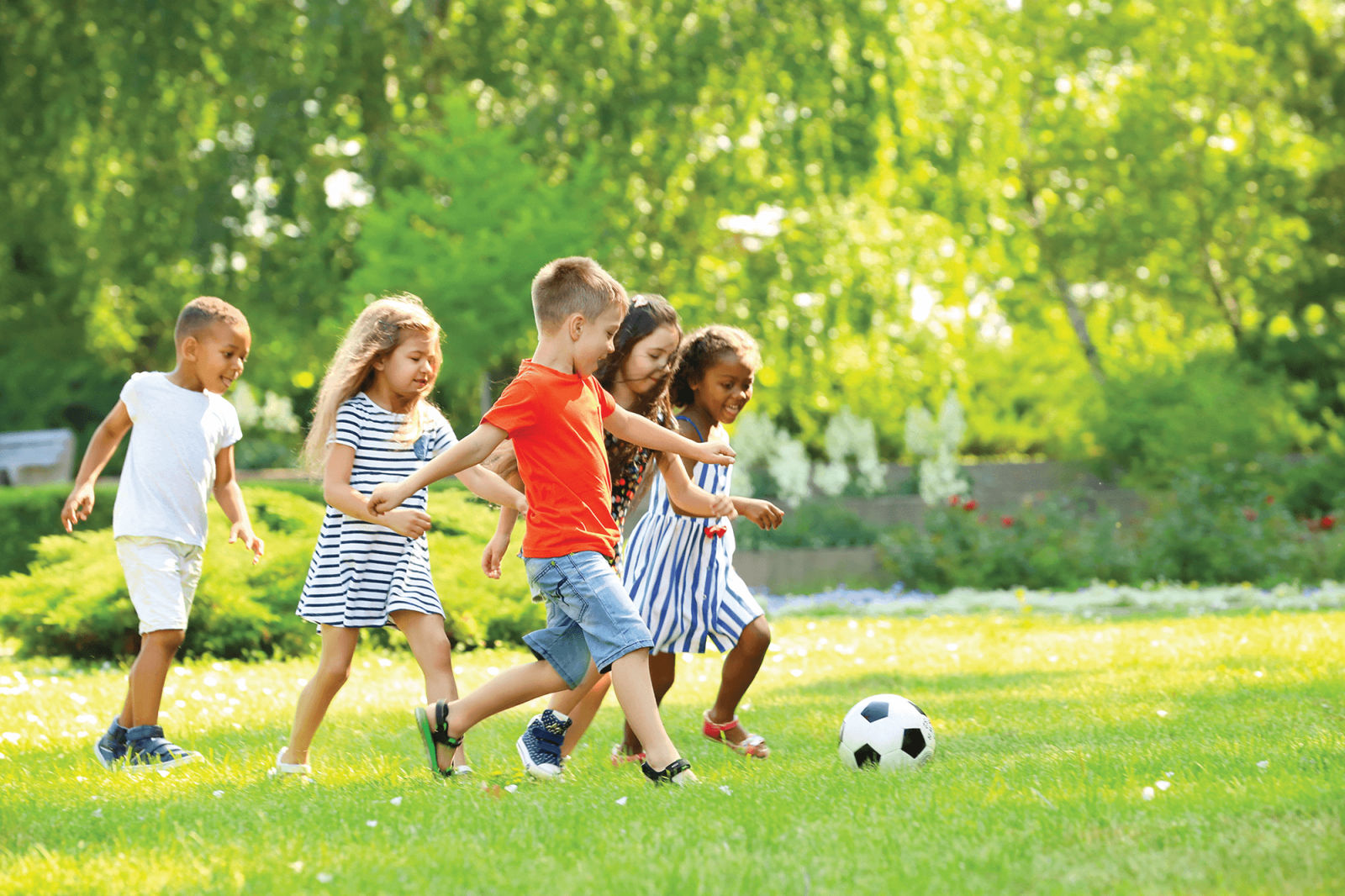October 11, 2022

Lawn haters can kiss my grass
BY SCOTT BARBER
Lawns are an outdated cultural norm. Let’s lose them — before we lose the pollinators.
That was the title of an article that ran this summer in Canada’s largest circulation newspaper, The Toronto Star.
The author Colleen Cirillo, a “rewilding communities campaigner” at the David Suzuki Foundation writes: “In Canada, there are about 6.2 million lawns. If one of those is yours, count yourself part of a long history rooted in wealth and status. But what once stood as a symbol of being rich enough to hold land and not farm it is today an outdated cultural norm — one that’s doing a disservice to us and the species that support us.”
Try telling my 10-year-old daughter that by kicking a soccer ball around on our lawn that she’s part of a “long history rooted in wealth and status.”
I’ll admit the hypocrisy - look up DSF co-founder David Suzuki’s carbon footprint, for instance - and self-righteousness gets under my skin. However, it is far less important than the substance of their fallacious argument: “Turfgrass is doing a disservice to us.”
I couldn’t disagree more.
How turfgrass supports active, healthy lifestyles with Dr. Sara Stricker, Guelph Turfgrass Institute
The recreational benefits of turfgrass are obvious. That is something you could ask my daughter about. Where do you go when you want to play soccer or toss a frisbee around with your friends? A backyard lawn or a park. And that’s exactly the type of outdoor play kids need to be active and healthy.
Then, there are the enormous environmental benefits of turfgrass. The U.S. Parks Service lists some of the most important on its website:
CARBON SEQUESTRATION:
“Stands of healthy turfgrass play an important role in carbon sequestration or removal of carbon from the atmosphere. During photosynthesis, carbon dioxide is converted into plant biomass allowing for long-term storage of carbon below the ground within roots.”
CLEANING THE AIR WE BREATHE:
“Plants take up carbon dioxide and release oxygen into the atmosphere and grass is no exception. Dust and other airborne allergens are also trapped within a dense stand of turf.”
COOLING OUR CITIES:
“The process of transpiration has a cooling effect that lowers the temperature of the air around the turfgrass plant. Studies have shown that the amount of heat given off by bare soil or poorly maintained turf is substantially more than that of a healthy well-maintained stand of turfgrass.”
The environmental benefits of turfgrass with Dr. Katerina Jordan, Associate Professor, University of Guelph
Turfgrass also prevents erosion, reduces runoff and promotes bioremediation. Yet attacks on grass keep coming.
- Is it time to decolonize your lawn?
- It’s time we reconsider our obsession with lawns
- The case for leaving the perfectly manicured lawn behind
These are all titles of recent opinion articles in The Globe and Mail, Edmonton Sun, and CBC, respectively.
Do we need more biodiversity in our gardens including native plants to support pollinators? Absolutely. Should we take all the steps we can to ensure maintaining lawns is as environmentally friendly as possible? Absolutely. Should we get rid of lawns? No! Don’t fight grass. Fight concrete jungles.
On page 22 of this issue, Dr. Sara Stricker and Dr. Eric Lyons from the Guelph Turfgrass Institute detail research undertaken by the University of Guelph in partnership with the Canadian Nursery Landscape Association to calculate the carbon sequestration and clean air impact of plants.
The “Clean Air Calculator inputs the management practices of mowing, fertilization, and irrigation for the total area covered by lawns, trees, and shrubs to calculate net carbon sequestration… An interesting finding was that turfgrass, trees and shrubs all fall within a similar range for carbon sequestration.”
The Clean Air Calculator will be launched on the Green Cities Foundation website later this year. The hope is that landscape and horticulture professionals will share it with colleagues and clients to spread the knowledge that plants, including turfgrass, play a critical role in climate change mitigation.
In the meantime, I hope you have a great autumn. Get outside and enjoy your backyard lawn or a neighbourhood park before the snow starts flying!
 Scott Barber is the publisher and editor of Landscape Trades. He can be reached at sbarber@landscapetrades.com.
Scott Barber is the publisher and editor of Landscape Trades. He can be reached at sbarber@landscapetrades.com.